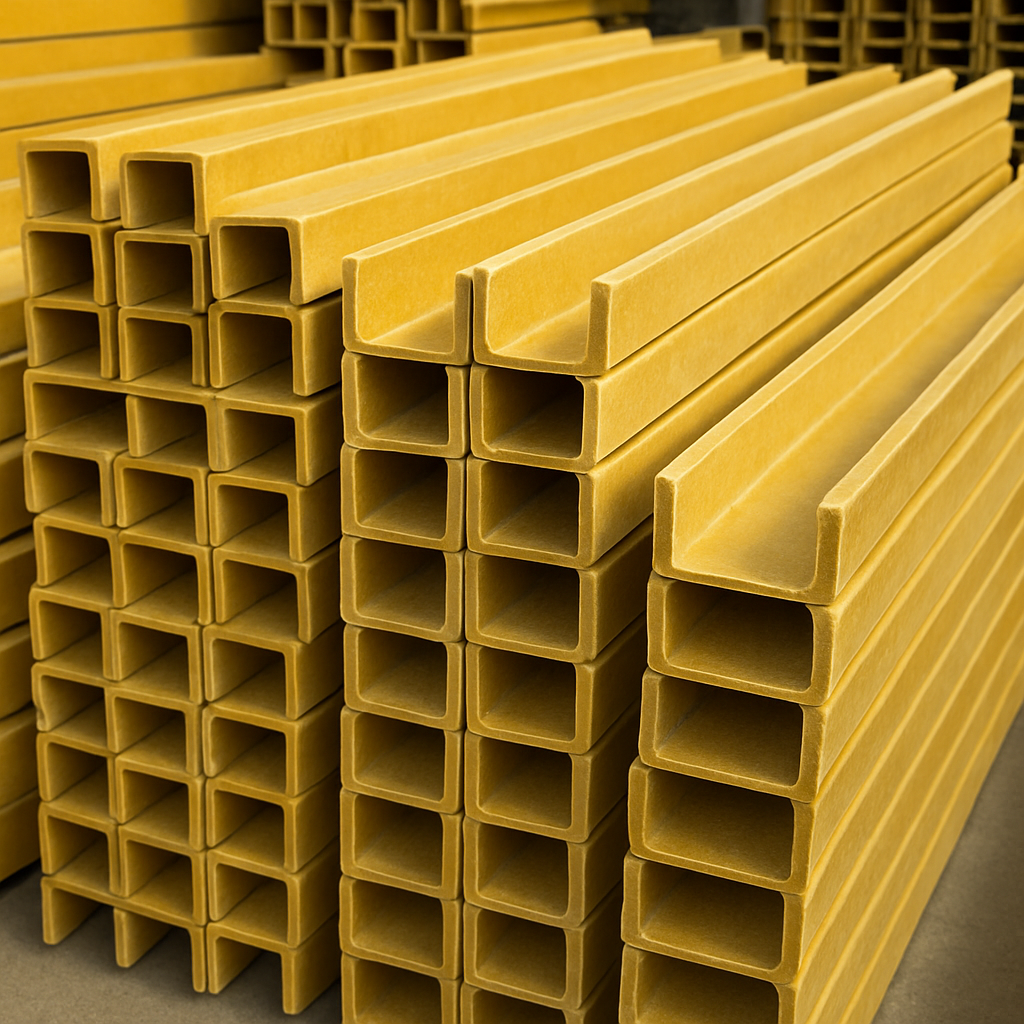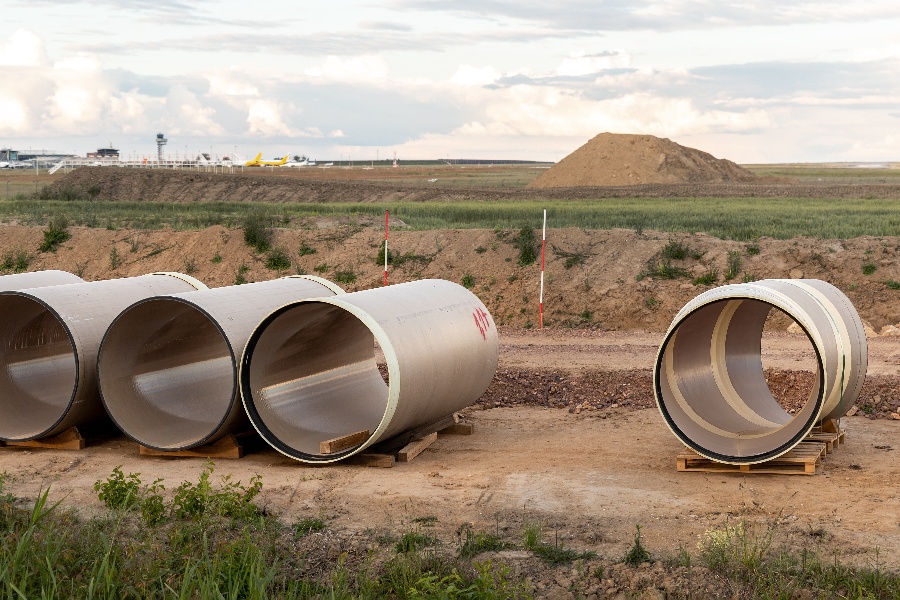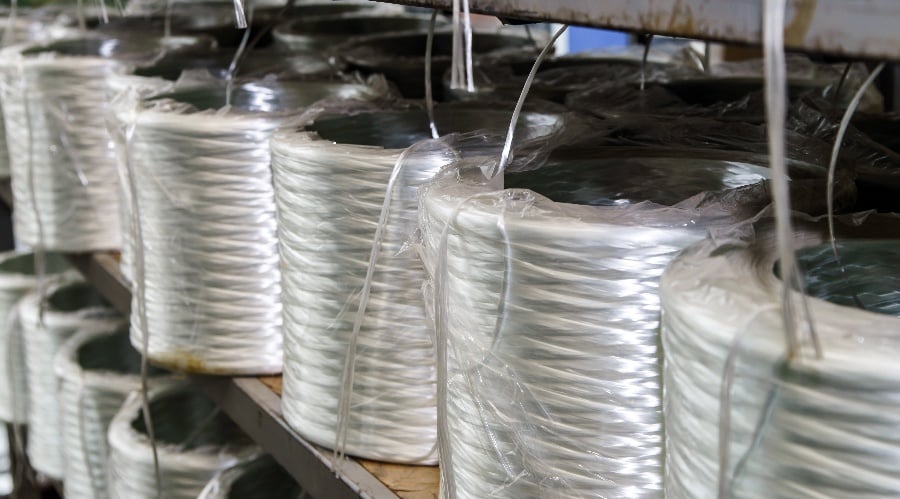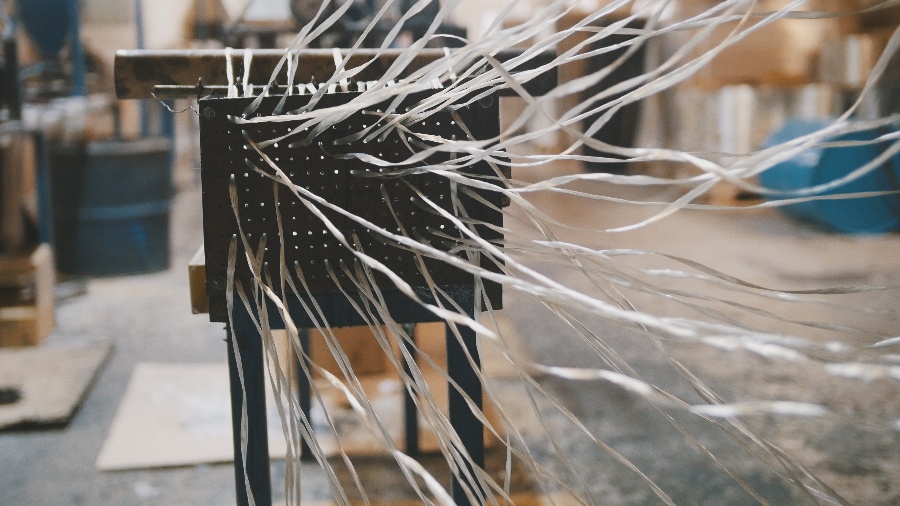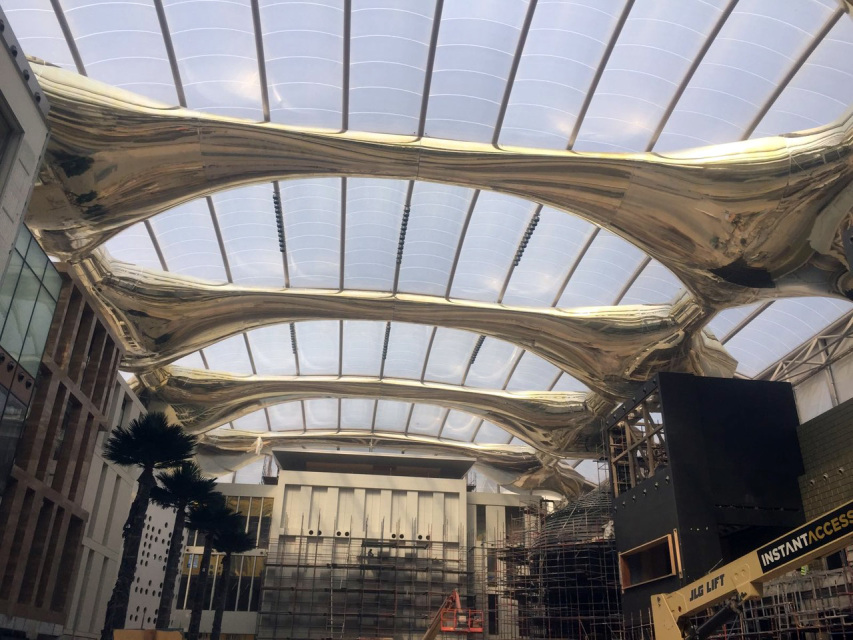
Did you know that four in ten bridges in the United States are over 50 years old? The 2017 Infrastructure Report Card by the American Society of Civil Engineers (ASCE) found that out of the 614,387 bridges in the country, 40% (of these bridges) are in urgent need of repair, replacement or retirement since they are 50 years or older.
Of these, one in ten are posted with a load restriction. According to Forbes’ calculations, if these four (in ten) bridges including one in three bridges on the Interstate were “placed end-to-end, the length of the country's crumbling bridges would stretch nearly 1,100 miles, from Chicago to Houston.” In all, the tab to rehabilitate these bridges would add up to a whopping $123 billion.
The ASCE concluded in its report that as most bridges have a service life of 50 years, an increasing number will need major rehabilitation in the near future. The report added that “some studies indicate that the indirect costs of deteriorating infrastructure when factoring in traffic delays and loss in productivity, could be as high as 10 times the cost to fix the structural damage.
Extending the life of a structurally deficient bridge through rehabilitation is almost always preferred over replacement.”
Updated Guidelines
In recent years, some structures have fallen short of the changing requirements in the use and condition of a structure such as:
- Increased live and dead load
- New loading requirements
- Construction errors
- Structural degradation
- Change in the load path
- Updated design and safety requirements
Infrastructure management
Across the seas, about 50% of the European construction budget is spent on the rehabilitation of existing concrete infrastructure. Rehabilitation is a broad term that includes repair, inspection, maintenance, and seismic retrofitting.
The US Department of Transportation Federal Highway Administration (FHWA) Bridge Preservation has published its assessment here. Hidden costs such as traffic delay costs take up about 20% of total construction costs. Concrete structures reinforced with traditional means need to be maintained and upgraded in order to make them sustainable.
Undoubtedly, project owners need to consider using rust-free construction materials. For this reason, Fiber Reinforced Polymer (FRP) composites are gaining rapid recognition from the civil engineering community. More and more project engineers are beginning to consider FRP composites as an excellent external reinforcement material alternative when it comes to the rehabilitation of degraded concrete structures.
FRP composites have physical and mechanical properties that depend largely on the specific materials used and the manufacturing process. The fibers provide stiffness and strength while the polymer matrix provides attributes such as fire/heat resistance, UV resistance, and so on.
According to Science Direct, the polymer matrix is “used to hold the reinforcing agent in its place, and its properties determine most of the degradative processes (delamination, impact damage, chemical resistance, water absorption, and high-temperature creep)”.
Meanwhile, additives and modifiers enhance resistance to cracking, surface smoothness and performance. FRP materials are increasingly being used in civil engineering applications such as reinforcing rods and bars, wraps for seismic retrofit of columns externally bonded reinforcement, composite bridge decks, and even mixed and fully-composite structural systems.
FRP composites perform well under heavy loads and severe environments. A building reinforced with fiberglass rebar does not need any maintenance.
FRPs are also used in special structures such as high-speed linear motor railway tracks, magnetic resonance imaging (MRI) units of hospitals, and repair and maintenance work.
FRP profiles can be used in the following applications:
- Approach slabs
- Bridge decks and bridge deck overlays
- Cast-in-place flat slab superstructures
- Retaining walls, noise walls, perimeter walls
- Traffic railings
- Pedestrian/bicycle railings
- Wall panels
- Wall copings
- Drainage structures
Within infrastructure construction, load-bearing fiberglass rebar used in the reduction of thermal bridges, a study on FRP rebar found that it had 1000 MPa and 50GPa and a higher longitudinal tensile strength and lower module of elasticity and density when compared with steel (550 MPa and 200GPa).
Properties of FRPs
Currently, FRP composites are used to renew existing structures such as bridges, roads, waterside buildings, and rehabilitate reinforced concrete members because of the following advantages:
- Corrosion-resistance: Corrosion is the most common phenomenon that leads to structural degradation, especially where a structure is exposed to an aggressive environment. For example, fiberglass is far more sustainable and does not warp even in extreme weather conditions and is extremely resistant to corrosion.
- Sustainable, and durable: It is highly resistant to chloride ion and chemical attacks. FRP profiles have much lower maintenance and replacement rates and are a far more cost-effective option than steel in the long run.
Concrete Examples
An example of FRP usage comes from Ohio where the Ohio Department of Transportation (ODOT) passed a steel replacement scheme for the Anthony Wayne Trail Bridge in Toledo using fiberglass components to replace steel. After a detailed study, ODOT found that fiberglass to be a superior product and has opted to replace the steel entirely.
Also, the Florida Department of Transportation (FDOT) found in its analysis of the state’s roads and bridges that a major cause of failure in concrete structures is the deterioration of reinforcing and pre-stressing steel within concrete. The report states that all concrete transportation structures are exposed to weather and “commonly located in aggressive environments such as marine locations and inland water crossings where the water is acidic.”
Within concrete, cracks open up paths for the agents of the aggressive environments to reach the reinforcing and/or pre-stressing steel. Once this happens, the process of corrosive oxidation begins.
To shore up these structures, FDOT is replacing the traditional steel bar and strand reinforcement with FRP reinforcing bars and strands. These are made from fibers ─ glass (GFRP), basalt (BFRP), aramid (AFRP) or carbon (CFRP) ─ held in a polymeric resin matrix binder.
Talk to Us
For your future projects, talk to Tencom about your rehabilitation projects. We make a wide range of pultruded products that can be used in numerous applications. If you would like to learn more, get in touch with our team today.




